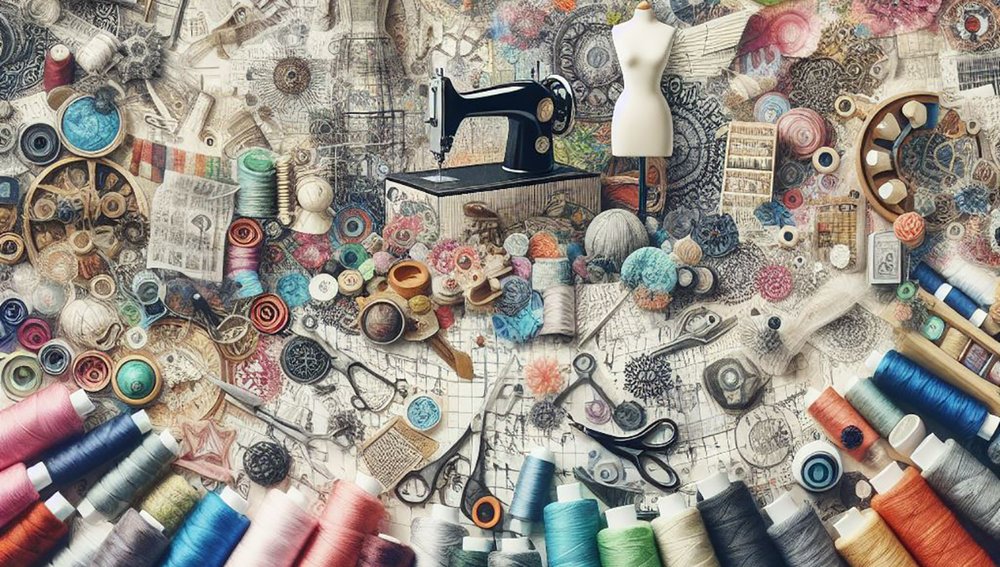
The Indian textile industry, a vibrant force in the nation’s economic landscape, faces a crucial juncture. While its rich heritage and immense potential remain undeniable, several challenges threaten its future. This survival guide delves into these challenges, explores potential solutions, and offers valuable insights for businesses seeking to navigate the current landscape.
Understanding the Battleground: Key Challenges
The Indian textile industry grapples with a unique set of challenges, each demanding innovative solutions:
- Rising Input Costs: The industry’s dependence on raw materials like cotton and synthetic fibers makes it vulnerable to global price fluctuations and supply chain disruptions. This translates to squeezed profit margins and diminished competitiveness.
- Decreased Consumer Spending: Economic shifts and changing consumer preferences have resulted in a decline in overall garment spending, directly impacting textile businesses, particularly those catering to the mass market.
- Fragmentation and Unorganized Sector: Dominated by a large number of small and medium-sized enterprises (SMEs) operating in the unorganized sector, the industry faces challenges in resource utilization, technology adoption, and access to financing due to its fragmented structure.
- Competition from Low-Cost Economies: Countries with lower production costs, often due to cheaper labor and relaxed regulations, pose a significant threat, especially for Indian businesses competing solely on price.
- Sustainability Concerns: The industry’s environmental impact due to water usage, chemical waste disposal, and energy consumption has led to increased scrutiny and potential regulatory hurdles. Embracing sustainable practices is no longer optional but essential for long-term success.
Strategies for Survival and Growth
Despite these challenges, the Indian textile industry holds immense potential for growth and adaptation. Here are some actionable strategies businesses can adopt:
- Embrace Cost-Effective Sourcing: Explore alternative sourcing options for raw materials, considering factors like quality, price, and ethical considerations. Building long-term partnerships with reliable suppliers can secure stable pricing and timely deliveries.
- Focus on Niche Markets: Identify and cater to niche markets with higher profit margins, such as organic textiles, technical textiles, or luxury fabrics. This allows businesses to shift their focus from competing solely on price to offering unique value propositions.
- Leverage Technology: Embrace advancements throughout the value chain, from design and production to marketing and sales. Consider utilizing automation for repetitive tasks, implementing digital marketing strategies, and exploring innovative techniques like 3D printing.
- Embrace Sustainable Practices: Prioritize environmental sustainability by adopting practices like using organic materials, water-efficient technologies, and implementing responsible waste management systems. This not only helps the environment, but it also improves brand recognition and draws in eco-aware customers.
- Seek Government Support: Utilize government initiatives and schemes aimed at supporting the textile industry. These can include financial assistance for technology adoption, skill development programs, and assistance in exploring export opportunities.
Niche Markets for the Future
Focusing on niche markets can help Indian textile businesses carve out a unique space and command premium prices. Some promising areas include:
- Technical Textiles: This segment caters to diverse applications beyond traditional clothing, such as medical textiles, industrial fabrics, and automotive textiles.
- Sustainable Textiles: With growing consumer awareness, organic cotton, recycled materials, and eco-friendly dyes present significant opportunities.
- Home Textiles: This segment offers opportunities for high-quality bed linens, towels, and other home furnishing products with a focus on design and craftsmanship.
Technology as a Catalyst for Change
Technology plays a crucial role in enabling Indian textile businesses to overcome challenges and thrive in a competitive environment. Here are a few advantages of technology:
- Design and Production: Computer-aided design (CAD) software can streamline the design process, while automation can improve efficiency and reduce production costs.
- Supply Chain Management: Implementing robust supply chain management software can enhance transparency, optimize logistics, and ensure timely delivery of materials.
- Marketing and Sales: Utilize online marketplaces and digital marketing strategies to reach a wider audience and showcase products effectively.
The Path Forward: A Collective Effort
The Indian textile industry’s future hinges on a collective effort from businesses, government agencies, and consumers. By acknowledging the challenges, embracing innovation, and prioritizing sustainability, the industry can navigate the current hurdles and emerge stronger, fostering economic growth and shaping a future of responsible and thriving textile production.
In Conclusion:
The Indian textile industry, despite facing numerous challenges, holds immense potential for resurgence through innovation, strategic adaptation, and a commitment to sustainability. By embracing cost-effective sourcing, focusing on niche markets, leveraging technology, and prioritizing responsible practices, businesses can navigate the current landscape and secure a brighter future. As consumers, we can also play a role by supporting sustainable and ethical brands, creating a collective effort for a thriving and responsible textile industry.
Leave a Reply